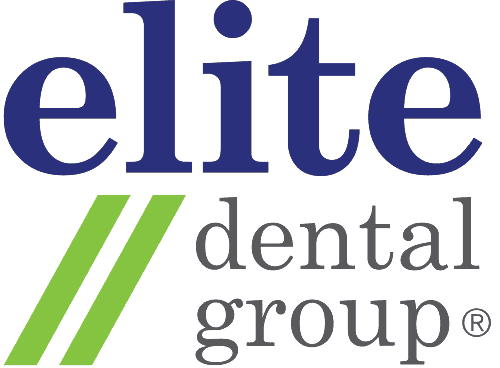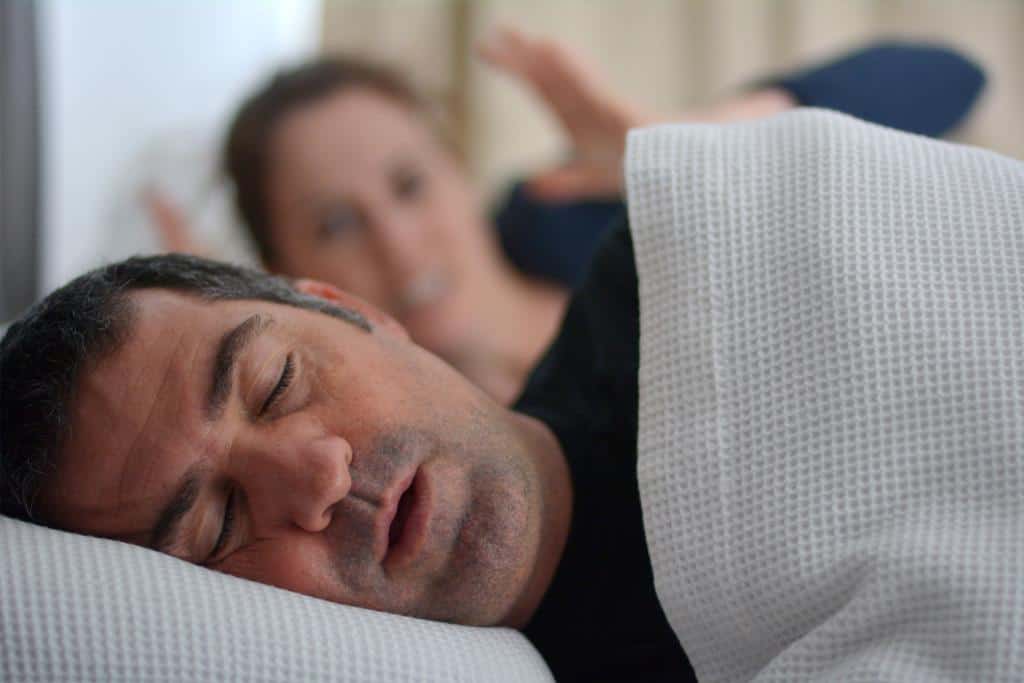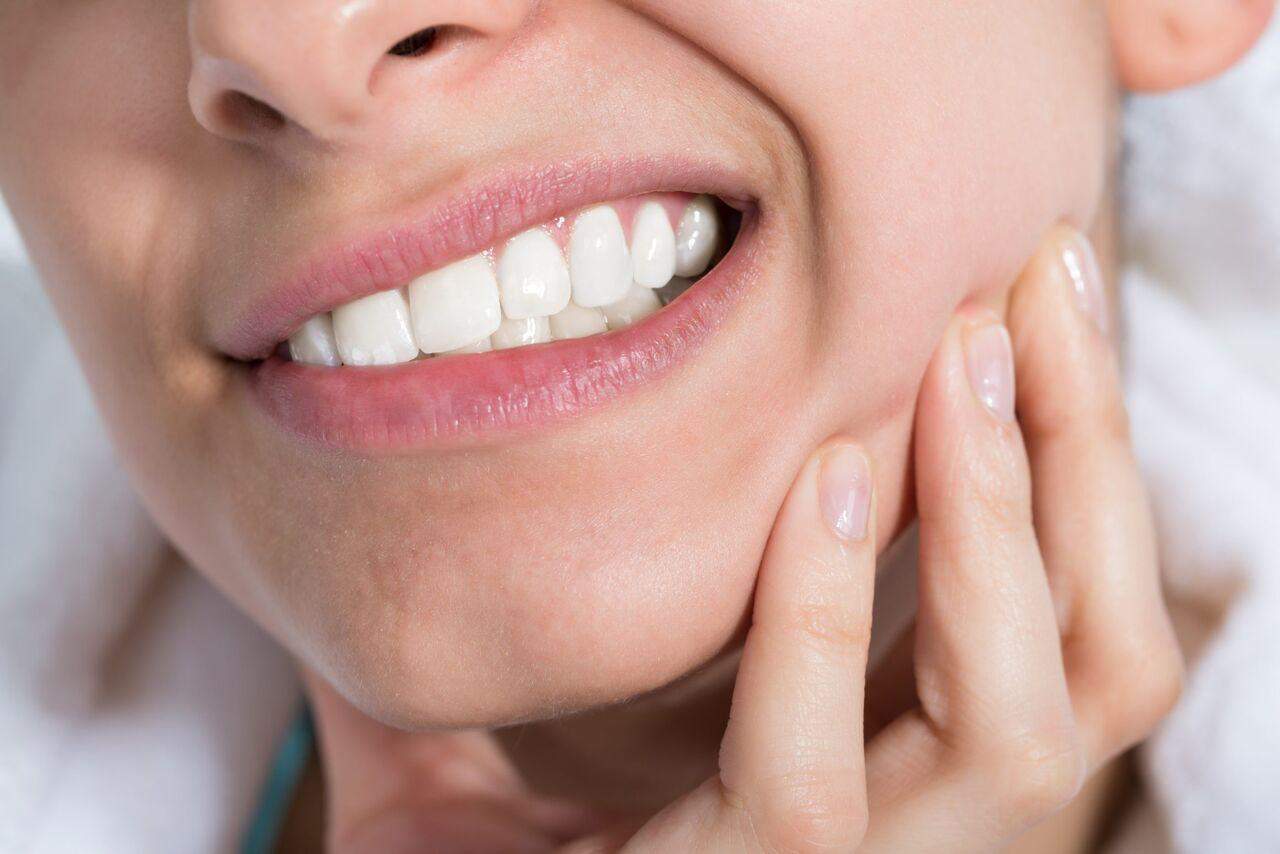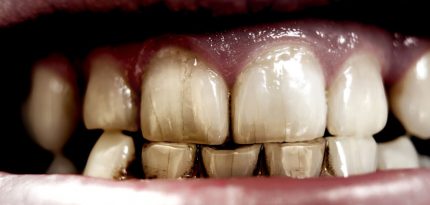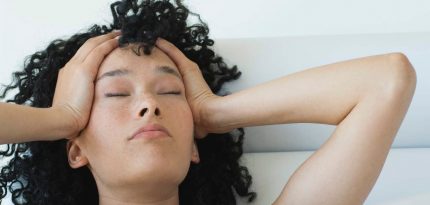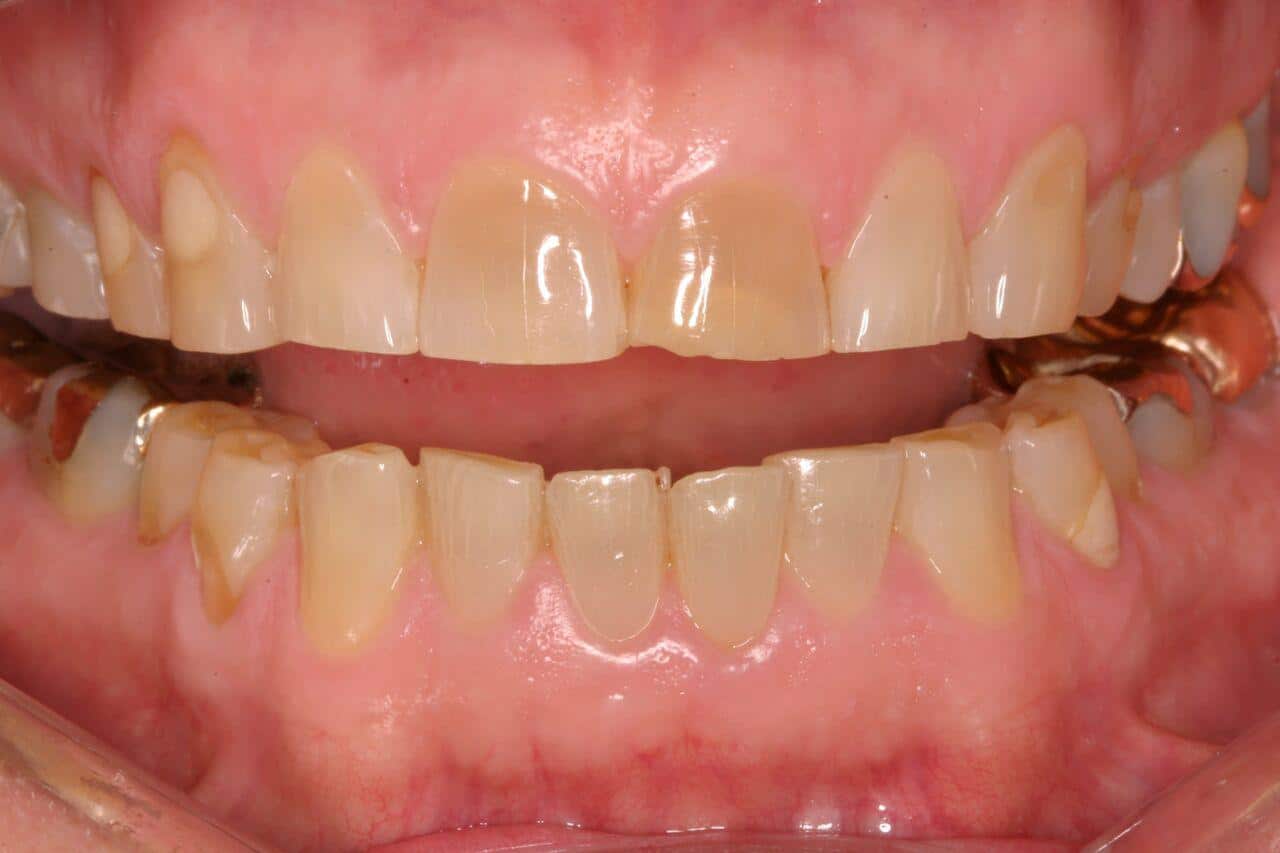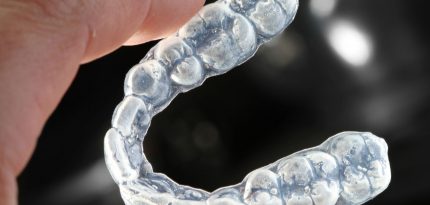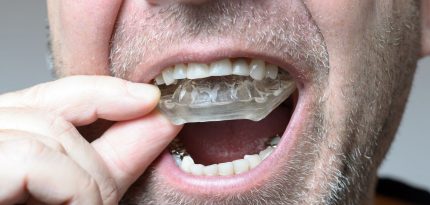What is Grinding/Bruxism?
Bruxism is the clenching or grinding of teeth, or both simultaneously. It often happens during sleep but it can also occur when you are conscious. Most people are unaware of this habit.
What causes bruxism?
Bruxism is correlated with stress, anxiety and poor sleep quality. Driven and motivated personality types are more likely to suffer from bruxism. The American Academy of Sleep Medicine has classified sleep bruxism as a type of sleep movement disorder, similar to sleep walking.
Bruxism is also associated with obstructive sleep apnea as well as upper airway resistance syndrome, and is common in patients who breathe through their mouth and snore.
Patients with nocturnal gastric reflux are also at risk. Gastric acid softens the tooth surface and accelerates the rate of tooth wear.
14%-17% of children may grind their teeth. This persists into adulthood in about 8% of cases. 20%-50% of bruxers have a family history of bruxism.
What damage does bruxism cause?
Over time, bruxism wears away the surface of the teeth causing disfigurement of the teeth and the bite. If you have worn teeth, you may be prone to:
- Sensitive teeth
- Hairline cracks
- Tooth fractures
- Frequent breakage and accelerated wear of fillings and crowns
- Implant loosening/breakage
- Frequent headaches
- Ear ache
- Jaw pain
- Facial and neck pain
- Overgrowth of jaw muscles leading to a square jawed appearance


